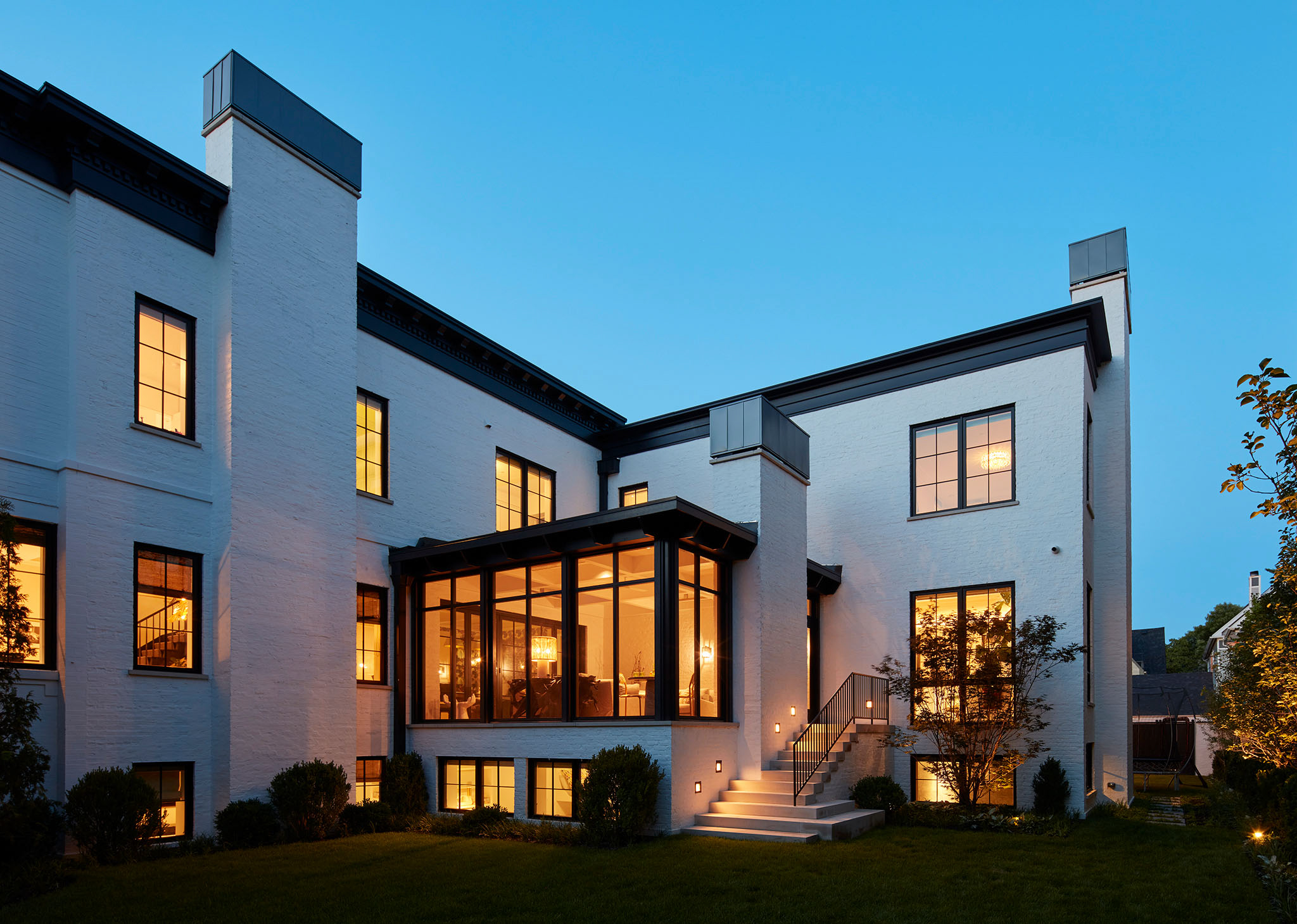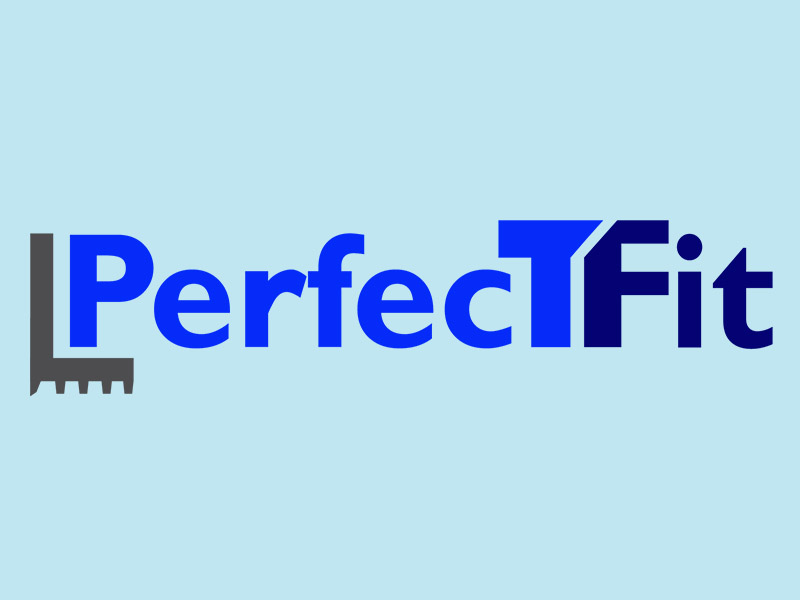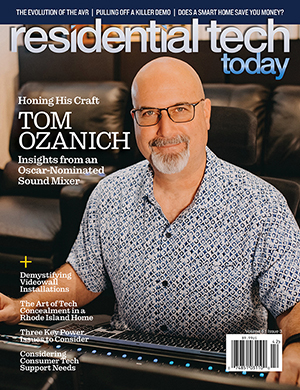As smart home technology continues to evolve, it’s becoming clear that interior designers and smart home integrators are often navigating the same projects with entirely different maps. Despite shared goals—beautiful, functional, livable homes—the two disciplines frequently find themselves out of sync, and when the collaboration breaks down, the homeowner’s experience suffers.
It’s not just a matter of timing or technicalities, it’s about communication, understanding, and finding common ground between aesthetics and performance. Bridging that gap requires a thoughtful, coordinated approach.
The Root of the Disconnect
Designers are trained to lead with how a space looks and feels. We think in terms of flow, proportion, lighting, and color. Integrators, meanwhile, prioritize how a space works—wiring paths, system compatibility, equipment performance, and future scalability. These perspectives are both critical, but the challenge is that they’re often applied in isolation.
Too often, integrators are brought into a project after major design decisions have been made. At that point, compromises are inevitable. You might end up with visible tech elements that clash with the design aesthetic, retrofitted systems that disrupt millwork, or rooms that function well technically but feel cold or impersonal. The result: a home that doesn’t quite deliver on its full potential.
Why Early Collaboration Matters
The solution is straightforward: start the conversation earlier. When designers and integrators are brought together at the project’s inception, they can coordinate their efforts in a way that supports both the homeowner’s vision and the project’s long-term success.
This early integration allows for:
- Better infrastructure planning: Routing for cables, power supplies, and control systems can be seamlessly tucked into walls, ceilings, and cabinetry.
- Smarter lighting and shading coordination: Designers can align window treatments and light fixtures with automated systems while preserving the aesthetic intent.
- Streamlined decision-making: Clients benefit from a unified team approach, reducing the likelihood of contradictory guidance or costly rework.
- Future flexibility: Systems can be designed with scalability in mind, allowing the home to evolve with the homeowner’s needs.
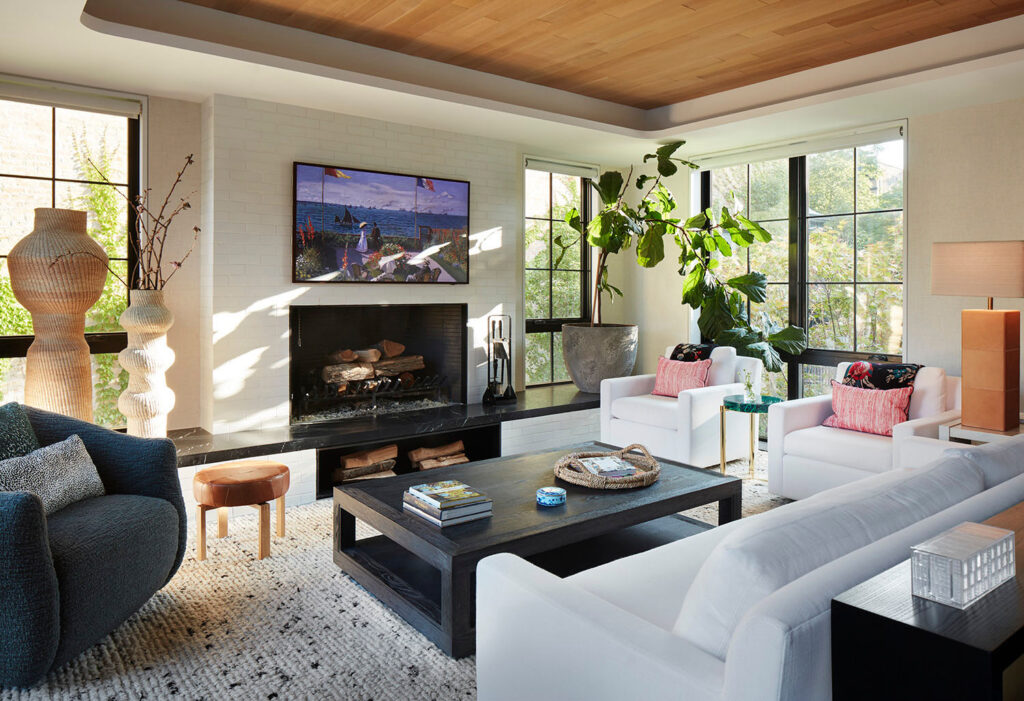
None of this is possible without a shift in how we view project roles. Designers and integrators aren’t separate phases in a timeline, but they’re collaborators in shaping the experience of the home.
Speaking the Same Language
Even when timelines align, language barriers often remain. Designers may be unfamiliar with the vocabulary or scope of home technology systems, while integrators might not fully understand the impact of certain technical decisions on visual cohesion or user comfort. This can lead to tension, missed opportunities, or designs that don’t reflect the homeowner’s true intent. Creating a shared language starts with mutual respect and curiosity. Here are a few ways teams can better communicate:
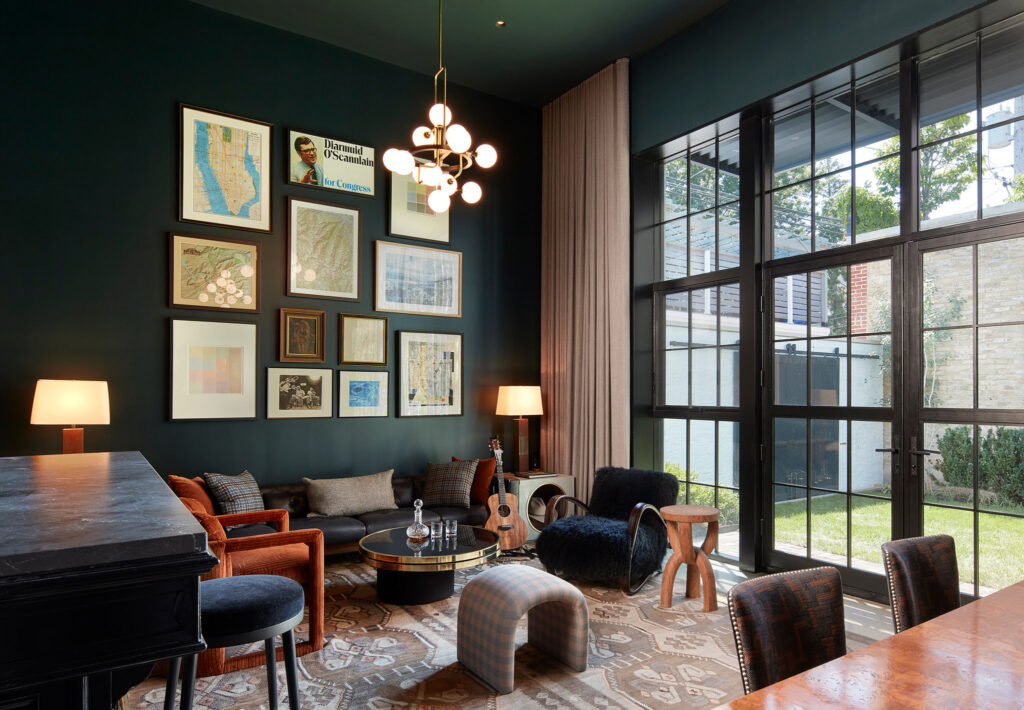
- Ask early, ask often: Designers don’t need to know the ins and outs of programming, but asking questions about how systems function can inform better layout and material decisions.
- Visual tools help: Integrators can use mockups, diagrams, or even augmented reality tools to demonstrate how technology will appear and operate in the space.
- Clarify terms: What does “scene control” mean to the tech team versus the design team? What exactly does “low-profile” mean when referring to a speaker or sensor? Defining these terms as a team can prevent misinterpretation.
Rethinking the Role of Technology in the Home
There’s often an assumption that integrating technology means compromising on aesthetics. But the most sophisticated homes today don’t just hide the tech—they incorporate it in ways that elevate both function and design. This doesn’t require a minimalist or ultra-modern aesthetic, but it requires thoughtful collaboration.
Motorized window treatments can be integrated behind crown molding or dropped into hidden pockets. Lighting controls can be finished to match wall colors or installed in discreet locations. Touch panels, sensors, and even speakers can be recessed, camouflaged, or artfully showcased when appropriate.
Lighting design is another area where thoughtful integration can dramatically enhance both the beauty and livability of a home. When lighting placement is considered alongside automation systems early in the design process, it becomes easier to create layered lighting plans that are both functional and atmospheric. Task lighting, accent lighting, and ambient lighting can be programmed into personalized scenes that adjust with the time of day or mood, without disrupting the designer’s vision for the space. This approach not only improves user comfort but also allows lighting to act as an invisible support for the home’s architecture and furnishings, rather than competing with them.

When integrators and designers approach technology as a design element—not just a system—the result is a home that feels cohesive, personal, and intelligently responsive to its occupants.
Working Toward the Same Goal
Ultimately, designers and integrators are working toward the same goal: homes that make people’s lives easier, more comfortable, and more enjoyable. To get there, we need to treat collaboration as an essential part of the process, not an afterthought. That means inviting one another in early, making space for dialogue, and viewing technical and design expertise as equally vital to the finished product. As more homeowners embrace automation and intelligent design, the demand for seamless integration will only grow. The projects that succeed won’t be the ones with the most gadgets or the most trend-forward materials—they’ll be the ones where every system and surface works in harmony.
We’re at an inflection point in residential design. Homes are becoming smarter, and clients are expecting more intuitive, personalized, and aesthetically pleasing outcomes. Meeting those expectations requires a new kind of collaboration that’s built on shared goals, early involvement, and open communication. The more we invest in building strong partnerships across disciplines, the better our work becomes. We don’t have to choose between design and technology. The best homes have always been the ones that make both feel effortless.



